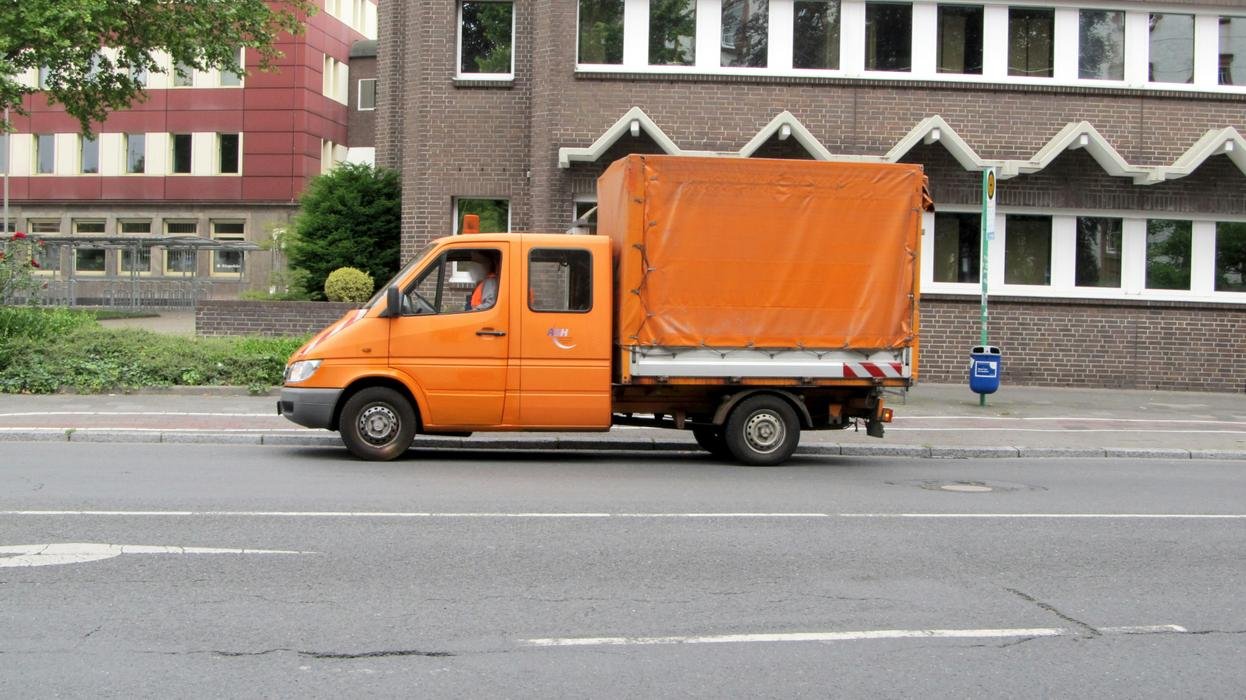How to Store Items Between Moves: Your Ultimate Guide
Moving can be a stressful experience, especially when you’re faced with the challenge of finding a place to store your belongings temporarily. Knowing how to store items between moves is crucial for a smooth transition. This ultimate guide is designed to help you navigate the complexities of storing items during relocation, providing you with effective tips, strategies, and storage solutions that ensure your belongings are safe and organized.
Understanding Your Storage Options
When it comes to figuring out how to store items between moves, consider the scope of your move and the type of items you need to store. There are generally two main options available for storage: self-storage units and portable storage containers.
Self-Storage Units
Self-storage facilities offer various unit sizes, allowing you to choose the perfect space for your needs. Here’s what to consider when using a self-storage unit:
- Size and Accessibility: Choose a unit that fits your needs without being excessively large. Consider how often you’ll need access to your items, as some facilities may have restricted access hours.
- Climate Control: If you have temperature-sensitive items, like electronics or antiques, look for climate-controlled storage options to prevent damage. For example, many facilities in urban areas offer climate-control features to protect your belongings from extreme temperatures.
- Security Features: Check for security systems, such as gated access, cameras, and individual locks, to ensure your belongings are safe. Facilities like Public Storage and Extra Space Storage provide robust security measures that can give you peace of mind.
Portable Storage Containers
Portable storage containers are another excellent option for temporary storage. They offer the convenience of being delivered to your location, where you can pack your items at your own pace. Key points to consider include:
- Delivery and Pickup: Verify how the delivery process works and schedule the pickup date that aligns with your moving timeline. Companies like PODS and U-Haul offer these services.
- On-Site Storage: If you need access to your belongings during the move, these containers can remain on your property, allowing for easy access without the hassle of visiting a facility.
- Cost-Effectiveness: Evaluate pricing based on how long you need the container and the distance for transportation. Comparing rates of different providers can save you money.
Preparing Your Items for Storage
Before moving your belongings into storage, it’s important to organize and prepare them properly. This ensures that your items remain safe, clean, and easily accessible when you’re ready to retrieve them.
Decluttering Before Packing
Eliminating unnecessary items not only lightens your load but also makes packing easier. Here’s how to declutter effectively:
- Sort Your Belongings: Divide items into categories: keep, donate, sell, and discard. For example, host a garage sale to get rid of things you no longer need.
- Set a Timeline: Establish deadlines for when you need to finish each category to avoid procrastination.
- Use the “One-Year Rule”: If you haven’t used an item in a year, consider getting rid of it. This can help you make decisions easier and avoid overpacking.
Packing Techniques
Proper packing techniques are crucial when learning how to store items between moves. Here are some effective strategies:
- Use Quality Packing Materials: Invest in sturdy boxes, bubble wrap, and packing tape to protect your items. Strong boxes from ULINE or Home Depot are good options.
- Label Everything: Clearly label each box with its contents and the room it belongs to. This will save you time when you’re unpacking.
- Break Down Furniture: Disassemble larger furniture items when possible to save space and reduce the risk of damage. Keep screws and small parts in labeled bags taped to the furniture.
Optimizing Your Storage Space
Once you’ve packed your belongings for storage, the next step is to optimize the use of your storage space. Effective organization can make a huge difference in accessibility and efficiency.
Vertical Space Utilization
Make the most of vertical space by stacking boxes and utilizing shelving units inside your storage unit. Here’s how:
- Stack Boxes: Place heavier boxes at the bottom and lighter boxes on top to prevent crushing and make it easier to retrieve items later.
- Use Shelving: If allowed, install shelves within the storage unit to keep items off the floor and organized. This is particularly useful for smaller items that are easy to misplace.
Inventory List
Keep an inventory list of all items stored in your unit. This assists with tracking your belongings and is particularly helpful for when you need to locate something quickly. A simple spreadsheet or a dedicated app can simplify this process.
Maintaining Your Storage
Proper maintenance of your storage unit is essential for ensuring the longevity of your items. Below are some tips:
Regular Checks
Schedule regular visits to your storage unit to verify that everything is in good condition. Look for:
- Signs of Damage: Check for water damage, mildew, or pest infestations. For example, if you notice signs of moisture, addressing it promptly can save your items.
- Condition of Your Items: Ensure that nothing has been damaged during the storage period by inspecting your belongings during each visit.
Climate Considerations
If your items are sensitive to temperature and humidity, take steps to mitigate potential damage:
- Use Dehumidifiers: Consider placing a dehumidifier or moisture absorbers in your storage unit to combat humidity levels that could harm delicate items.
- Seal Everything: Use airtight containers for items that may be affected by humidity, such as electronics or important documents. This can prevent warping and degradation.
Conclusion
Knowing how to store items between moves is an essential skill for anyone facing a relocation. By understanding your storage options, preparing and optimizing your items for storage, and maintaining their condition, you can make your moving process much smoother. Taking the time to properly store your belongings not only helps in safeguarding them but also eases the stress associated with moving.
Frequently Asked Questions (FAQs)
1. What are the best practices for how to store items between moves?
To effectively store items between moves, declutter, use quality packing materials, label boxes, and utilize vertical spaces in your storage unit.
2. Do I need climate-controlled storage for all items while learning how to store items between moves?
Not all items require climate-controlled storage, but it is advisable for temperature-sensitive items such as electronics, antiques, or any belongings that can be affected by humidity.
3. How can I make the most of my storage space?
Maximize storage space by stacking boxes, utilizing vertical space with shelves, and keeping an organized inventory of your stored items.
4. How often should I check on my items stored during a move?
Regular checks every few months are recommended to ensure that your items are in good condition and free from damage or pests.
5. What should I do if I find damage to my items while they are stored?
If you discover damage to your belongings, document the damage and consider contacting your storage provider regarding any insurance policies or agreements that could cover the damages.












No Comments
Sorry, the comment form is closed at this time.